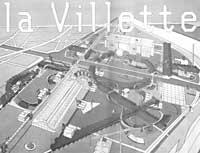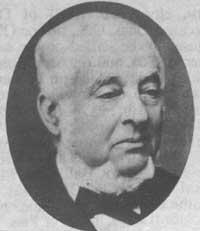Playing with science at the Science Museum
1989/07/01 Aizpuru, Maria Luisa - Elhuyar Fundazioa Iturria: Elhuyar aldizkaria
The history of science and invention is the history of man. Man, driven by his curiosity, has been continually studying and researching his environment. Since he achieved an important discovery of fire until he managed to throw man into space, several millennial sessions have been necessary.
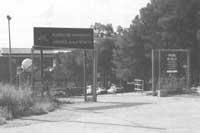
Everything we have today, millions of years ago, we must recognize that it already exists in a natural state, that is, without manipulation or alteration. The development of scientific knowledge has allowed changing the common natural elements and adapting them to the current needs of the human being. Who could think that a few years ago silica was as common, abundant and cheap as a basic element for the development of computer science? How was it thought that he would participate in the space launch? Who thought oil would produce shirts and socks?
In the last century there were a lot of scientific innovations. Man's curiosity was linked to the development of technology, which caused discoveries to attract the entire world.
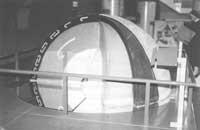
The media were increasingly powerful and allowed a wide spread of new inventions. People's curiosity and interest in science was thus estimated. To respond to this curiosity, museums and Universal Exhibitions were organized in which all the advances of the technique were collected for presentation to the public.
This century will enter its last decade, with the surprising results that man has dreamed since ancient times: instant communication by image and sound; the arrival of man to the Moon; the increasing automation of repetitive activities; the healing of lethal diseases, etc. But it has also been proven that findings can cause massive destruction.
As scientific novelties have been diverse, people have not followed each of them with the same interest they had at first. 20 years ago, when the man reached the Moon, millions of people were willing to lose their sleep, following the incredible event on television. However, today only a few are interested in knowing which planet the last space has been sent to.

Everything around us is a consequence of a complex productive system. It develops around scientific knowledge and its understanding requires a high degree of knowledge. However, understanding the basic principles of physics is easy and it is convenient to acquire knowledge about them.
The formulas of the books are lived and until then the theory that the student found so boring becomes a pleasure taking him to practice.
The Museu de la Ciència was opened in Barcelona in 1980, adapting a modernist construction of the architect Josep Domenech to museum needs. Its first 4762 m2 have been reduced and another 1850 m2 have been expanded.
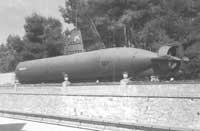
Since the opening of the Museum, visitors have enjoyed numerous and surprising exhibitions. Although many of these exhibitions are of high scientific level, they have received a great reception from the public.
Notable exhibitions are Holography, Brain, Time and Clock, Butterflies, Fractals, Symmetry, Volcanoes and Earthquakes.
In the different offers of the center, we can mention the Electrostatic workshop that has especially interested people. In this workshop there are tests that generate a surprising visual effect. For the majority to continue with ease, the formulation of the trials is done in a practical and understandable manner. Driving thousands of volts without any danger can have fun to the visitor.
At present a continuous influence of static electricity is occurring, both by the synthetic fibers that wear garments and by contact with electrical appliances. However, the influence of static electricity is not normally well known. It indicates what physical principles are based on the workshop, explaining its practical uses and risks. In an attempt, children and adults can see with amazement that the flow of thousands of volts only causes the dead to become upright.
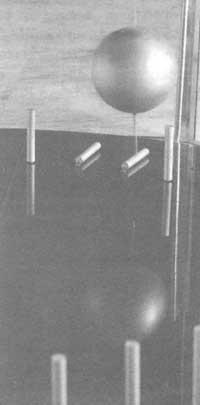
Another highlight is the Planetarium. Here the celestial vault is located in the view of visitors. More than 5,000 stars, the Moon, the Sun, planets and spatial effects are projected through a sophisticated instrument.
Other tests that visitors can do are also very attractive. Curved mirrors deform the image they reflect. Therefore, they are appropriate to explain some principles of optics and create the laughter of who approaches it. Kaleidoscopes, eye inventions that offer symmetrical mazes, pulleys and discs, mobiles that create images.... Special mention deserves a special crystal system and light sets. This places the image of the faces of two people facing each other to form a single face.
Today the technology has reached a very high level and only some can understand the operation of the tools that surround us and that we use daily. Therefore, it is interesting to visit rooms such as the Museu de la Ciència to know in a pleasant and pedagogical way the advances of technology and understand the principles of operation.

Gai honi buruzko eduki gehiago
Elhuyarrek garatutako teknologia



